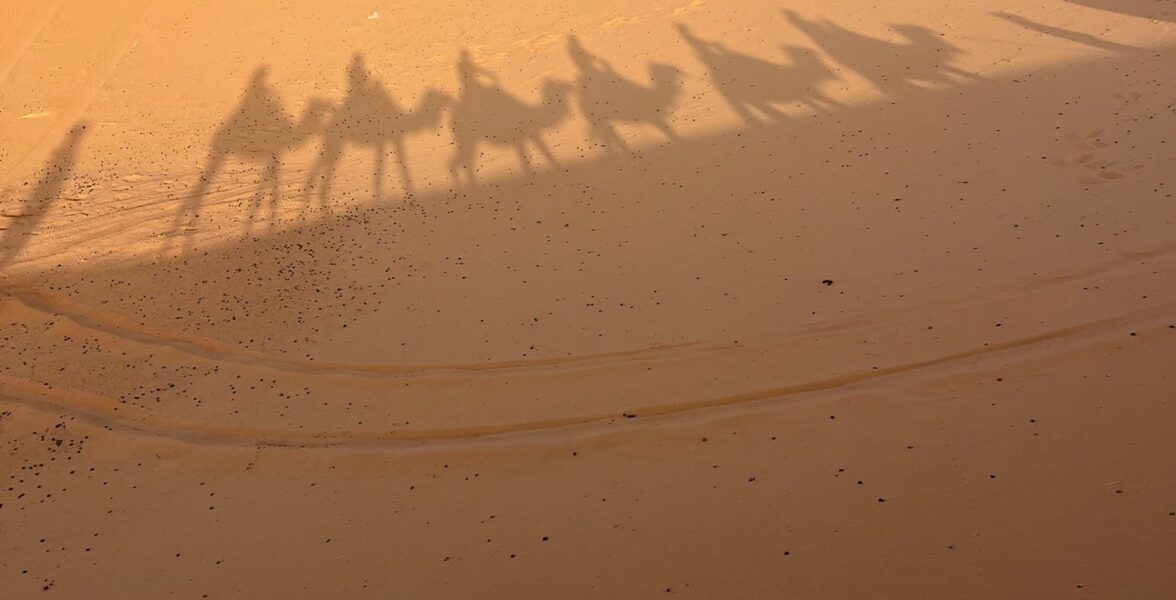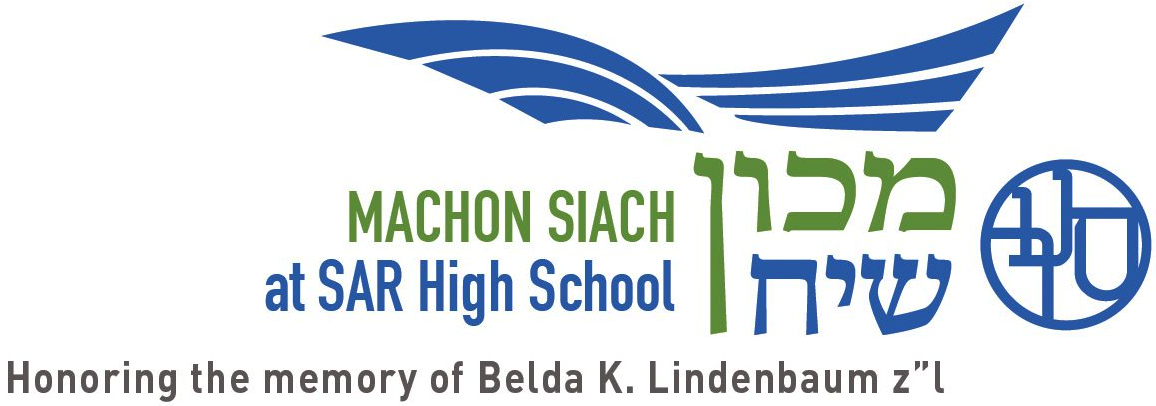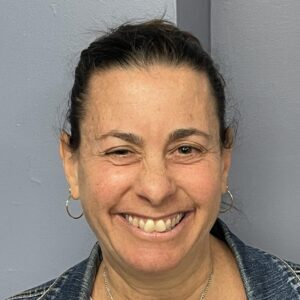
A World of Change Makers
This summer, I had the incredible opportunity to participate in a ten day trip to Morocco. Sponsored by the KIVUNIM Teacher Fellowship, a program that aims to provide high school teachers who are the front line of defense against bigotry and racism, a group of twenty- three high school teachers from all over the country and varying backgrounds traveled the country. As a college guidance counselor, I was excited to be part of this experience with teachers who have a variety of classroom roles. Prior to my departure, friends and family alike were skeptical of my impending trip. They questioned my decision to travel to a Muslim country in light of what was going on in the Middle East. Some even encouraged me to postpone this experience and wait for peace in the region. I remained resolute in my decision and excited to explore, learn, and challenge stereotypes, and I am so grateful I did.
The goal of the program was to explore a model of Muslim-Jewish coexistence. Guided by Peter Gefen,the founder of Kivunim, and Rafael David Elmaleh, a Jewish Moroccan historian and guide, we traveled by bus and plane from Casablanca to the Sahara desert, to the Atlas Mountains to Marrakech; we met with Moroccan Jews and Muslim residents, government officials, visited religious sites; and we immersed ourselves in the culture. Each night, our group gathered together to reflect on what we had experienced, but more importantly we shared ways to integrate the powerful messaging of coexistence into our classrooms. For the history teachers, the connections were very clear cut; they could supplement their curricula with anecdotes from our trip, share pictures of the sites we visited, and introduce historical and cultural facts that would otherwise be omitted. But as the sole college counselor on the trip, it was not immediately apparent to me how I could integrate what I had learned into my work with college applicants until I met Hamed Harim, an elderly Muslim who lives in the Atlas Mountains and the Honorable André Azoulay, a Jewish Senior Advisor to King Mohammed VI.
On day five of the trip, we took a six-hour bus ride to the Atlas Mountains to visit Arazane, a tiny village that is home to a 800-year old synagogue. When the last rabbi left Arazane in the 1960’s, he gave Hamed Harim, then a young boy of only 12, a key to the synagogue. He told Hamed to keep the key safe until a Jew returns. Hamed’s life work has been protecting the synagogue from being repurposed by his community or razed for the land while waiting for the Jewish people to return. In the synagogue, he described his memories of the Jewish community and even sang Jewish liturgy that he remembered from when he was a boy. I was awestruck.
As part of the college admission process, students are often asked to describe a role model. This can be a challenging question for some students, who complain that their answers sound generic or cliche; it is hard for them to dig deep and develop creative or original answers. As soon as I heard Hamed’s story, I knew I would share it with my students. I want to give my students permission to think of change makers not only as those who are splashed on the front page of newspapers but as ordinary people who live by their values.
After leaving the mountains of Morocco, we journeyed to Essaouira, a beautiful coastal city with a rich Jewish history where the community was once over 50% Jewish. Standing in what was once the Jewish Quarter, Peter Gefen told us that this Muslim city once observed a second day of rest each week to honor Shabbat and on Jewish holidays, the city was effectively closed down! Today there is only one permanent resident who is Jewish. There we had the pleasure of meeting the Honorable André Azoulay, a Jewish Senior Advisor to King Mohammed VI who described the unique experience of being a Jewish representative of a Muslim country at meetings of the Arab League. In his quiet, modest voice, Azoulay described his mission of restoring Jewish historical sites. Under a large tapestry that proudly displayed the word “Peace” in Hebrew, English, and Arabic within the building that houses the institute for Muslim-Jewish Coexistence, our group hung on his every word.
After meeting with Azoulay, we gathered for our reflection, sharing ways to introduce his story into our classrooms and other student interactions. I shared with the group that after the Supreme Court overturned Affirmative Action in college admissions decisions but not in college essay questions, many schools ask essay questions about students’ relationship with diversity. They explicitly ask questions such as “How might your individual background contribute to this diversity of perspectives in our classrooms and around our campus?” and “Because we know diversity benefits the education experience of all students, the University values diversity in all of its many forms. This includes but is not limited to racial, socioeconomic, gender, geographical, and sexual orientation. We are interested in hearing about your own individual life experiences.” These questions can be challenging for students at SAR and other yeshiva high schools. I told the group that our meeting with Azoulay reminded me that, when advising students, my department often suggests that our students write about how they might build bridges on campus and explain ways in which they have already begun to so through chesed projects. Another teacher rightly stated that we do not only need people to build bridges; we need people to cross them. That one sentence transformed the way I advise my students who are knee deep in applications. Yes, we can build bridges, but we need the next generation to cross them.
In a world fraught with war, uncertainty, and distrust, I returned home feeling hopeful that one day my students will learn from – and even become – leaders like the Honorable André Azoulay and Hamed Harim, and we can live in a world filled with change makers.



